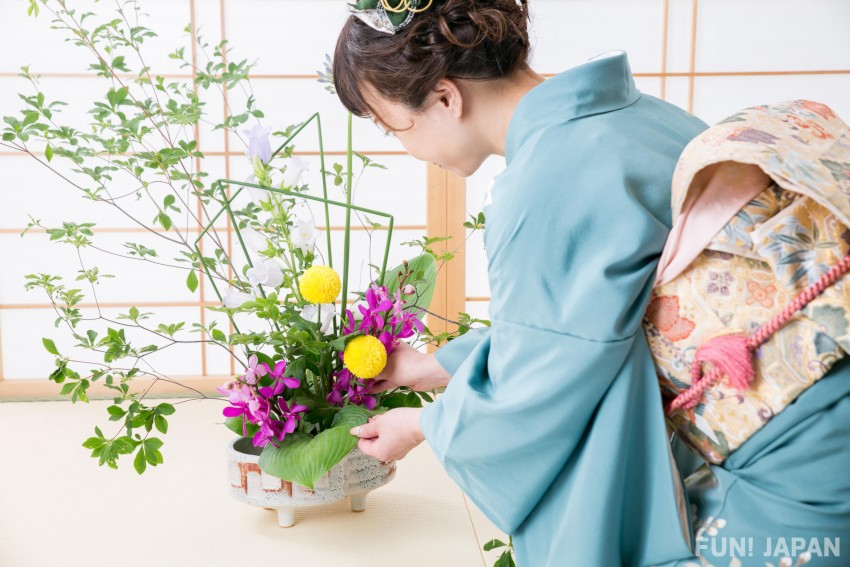
Green has long been the preferred colour for calming the hearts of people. Here, we will Introduce Green Kimono, which is often associated with nature and is compatible with Kacho Fugetsu (花鳥風月 flower-bird-scenery-moon patterns).
Green Kimono's Meanings
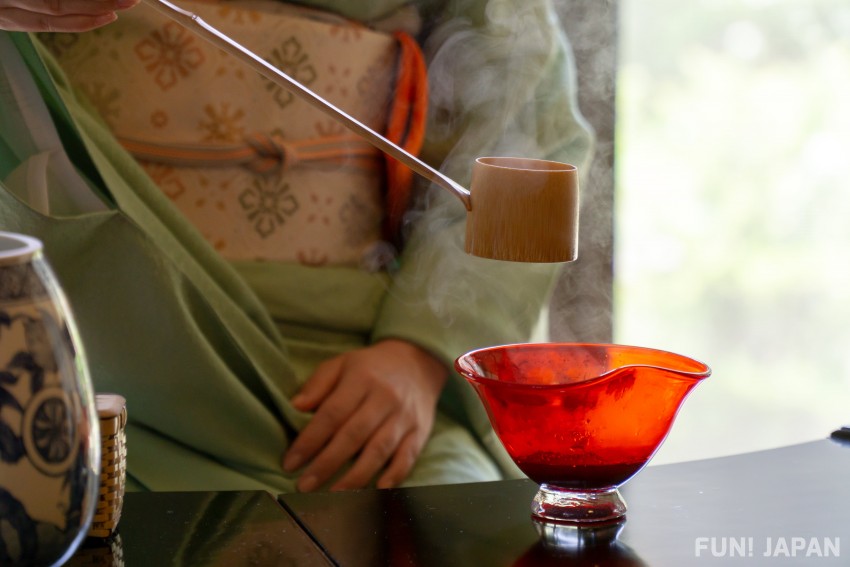
Green, which gives an impression of nature and plants, shows a sense of stability and harmony. Reminiscent of the fresh brilliance of natural plants, green kimono vividly attracts Japanese patterns such as colourful birds and butterflies and seasonal flowers.
Colour Types of Green Kimono
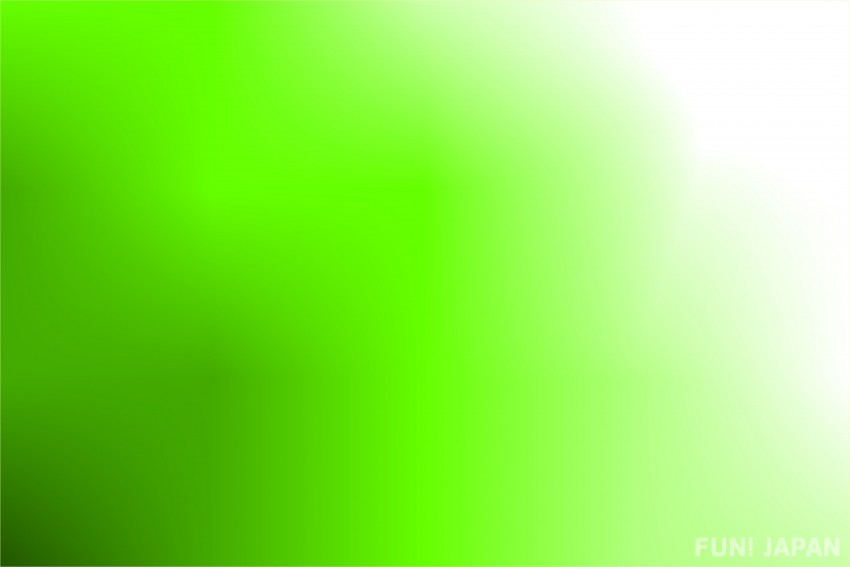
Although green is green, there are various green colours in traditional Japanese colours.
- Deep Jasper (深碧 Shinpeki): A strong and deep green colour like the color of the green jasper stone in jewelry. "Ryoku Hekigyoku" (緑碧玉) is the Japanese name for the gem "Green Jasper".
- Verdigris (緑青 Rokusho): Bright, dull blue-green color of pigments made from malachite (孔雀石 Kujaku-seki). It is a typical green-toned traditional colour, which was introduced from China in the Asuka era along with a colour name.
- Pine leaf colour (松葉色 Matsuba-iro): An astringent blue-green colour with a depth like pine needles. It is an old colour whose name can be seen in "The Pillow Book" (枕草子 Makura no Soshi).
- Young Green (若緑 Waka-midori): Bright and shallow yellow-green like young leaves of a fresh pine tree.
- Old Green (老緑 Oi-midori): A deep green color with ash like the leaves of old pine trees. The evergreen needles high-rising pine that grows old with age rings is called "old pine", and it is a colour name that symbolizes the deep and astringent leaf color of the old pine. Opposite word for "young green"
- Sprout colour (萌木色 Moegi-iro): A soft yellowish green that looks like the fresh-green that sprouted in the early spring. A traditional colour name used since the Heian period.
- Young Grass colour (若草色 Wakakusa-iro): Vivid yellow-green like young grass that sprouted in early spring. A traditional colour that has been seen since the Heian period, the colour name "young" has the meaning of fresh, immature, new, etc., and it has been described as a bright and vivid green that makes you feel the arrival of spring.
- Evergreen colour (常磐色 Tokiwa-iro): A dark green color that includes brownish color like the leaves of evergreen trees such as pine and cedar. Tokiwa (常磐) is a word that means that it is always the same (regardless of seasons or passage of time), and it is a colour name that has the wish of longevity and prosperity. It was also popular as an auspicious colour in the Edo period.
- Warbler colour (鶯色 Uguisu-iro): A dark, dull yellow-green color that looks like the feathers of a warbler bird. Although it is a colour name from the Edo period, it became a popular colour in the late Meiji era and was generally accepted.
Seasons when Green Kimono Shines
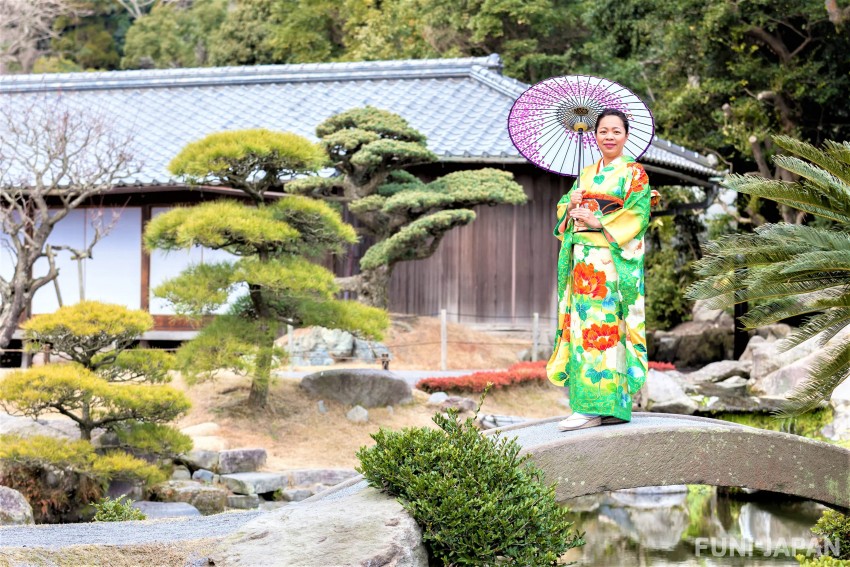
When choosing a colour for a kimono, it is best to refer to the season. As for green, it is fashionable to change the shade of green according to the season while keeping the green of the mountains and forests.
- From spring to summer: Bright green and light green such as Moegi and Wakakusa colours. If you use the obi and accessories in blue-tone, it will give you a cleaner and cooler impression.
- For autumn/winter season: Amber and deep green, such as Tokiwa and Uguisu colours, are used to create a soft, moist look.
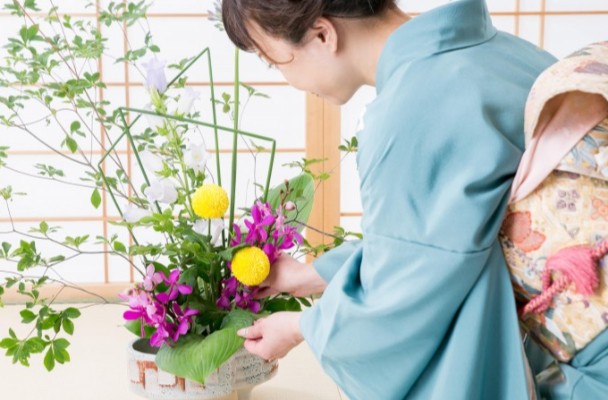
Comments